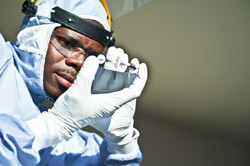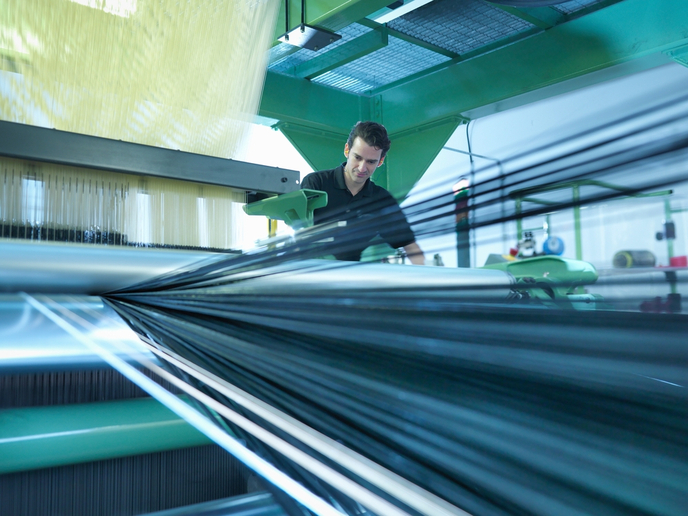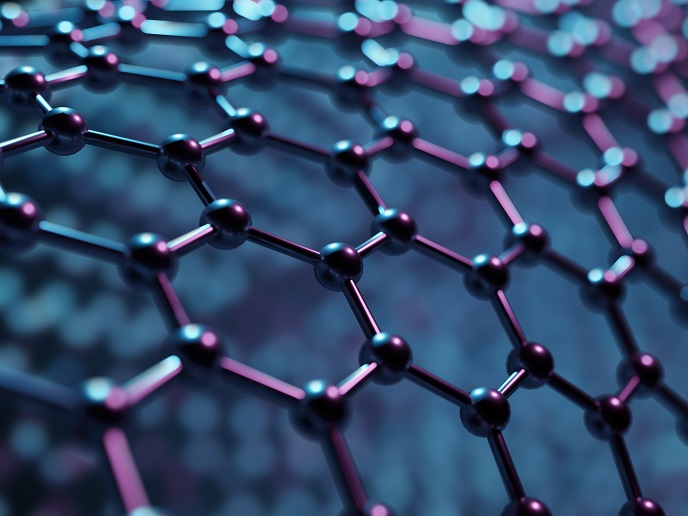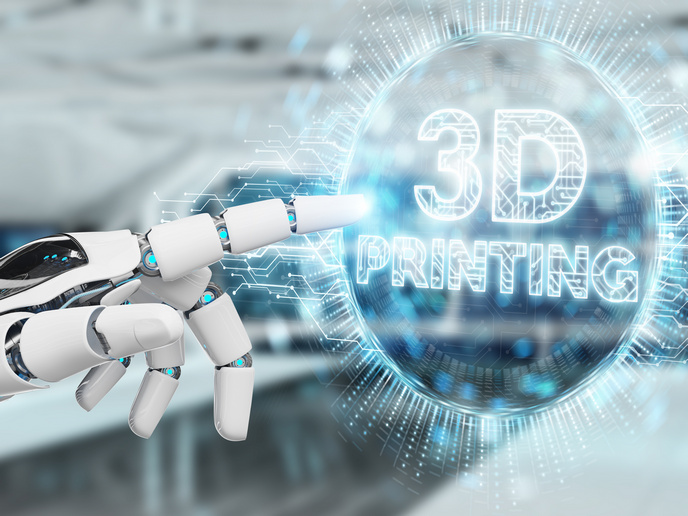Micro-nano manufacturing
Micro- and nano-manufacturing are changing the face of biomedicine, energy and communication technologies with important benefits for economies and society. However, they often require expensive equipment and expertise to which the numerous small- and medium-sized manufacturing enterprises working in related fields do not have access. To lower this important barrier to progress, numerous innovation hubs joined forces to provide free access to 36 critical facilities within the scope of the project EUMINAFAB . Over its four and a half year duration, 150 transnational users from European member and associated states exploited these infrastructures for structuring, replication and characterisation of multifunctional materials at the micro- and nano-scale. The website published all calls for proposals to use the free access facilities and maintained an intranet for participants to encourage networking. A roadmapping exercise identified two ‘hot spots’ whose combination of technologies offers particular potential for future success. Researcher exchanges at partner sites facilitated an opportunity to try out new ideas with expert guidance. As a result, the team came up with a model for sustaining EUMINAFAB beyond project completion. Joint research activities included non-technical aspects such as knowledge management and development of an integrated organisational system for technical collaboration. The partners developed a traceable calibration (metrology benchmarking) system through numerous reproducibility and repeatability trials. Additionally, they established a methodology to assess the technology readiness level of novel technologies. Twenty-five joint research activities have facilitated the creation of new process chains and related technology demonstrators that pave the way to future innovation. EUMINAFAB successfully created a pan-European free access network of critical facilities for multi-material micro- and nano-fabrication and characterisation. Its value to the scientific community is highlighted by applications for access that surpassed the available budget by 20%. Progress made within the first four and a half years has established a strong foundation for future evolution and expansion of the pan-European infrastructure. This promises exciting innovation and a host of processes and technologies of great import to society.
Keywords
Multifunctional materials, free access, nano-manufacturing, infrastructures, networking, joint research







